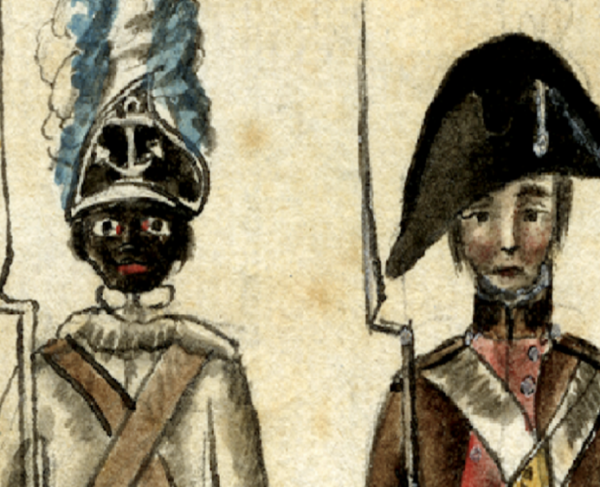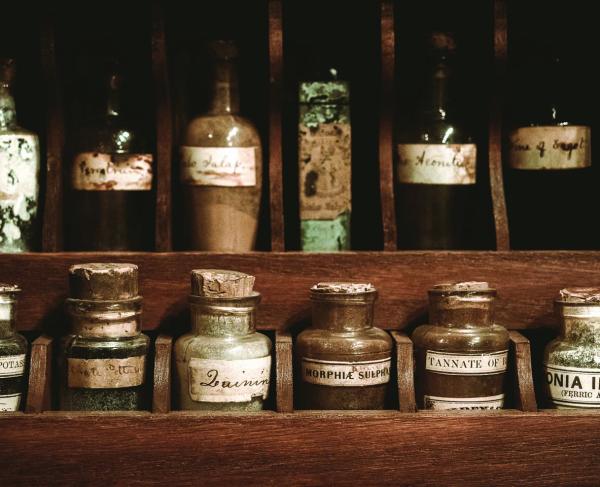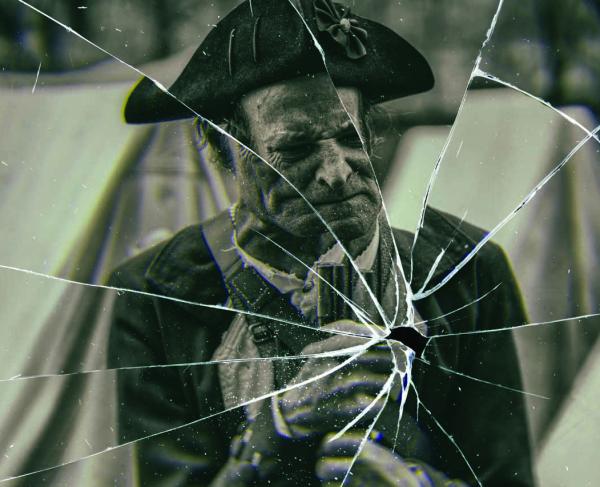

The myth: The American Revolution was all about taxation.
The reality: “Taxation without representation” was just one dispute among many that kindled the revolutionary spirit in the Thirteen Colonies.
The Stamp Act and the Tea Act did impose new direct taxes on the colonies, but Parliament passed many other measures before Lexington and Concord. The Sugar Act of 1764 actually reduced the tax on molasses by half! What made the Sugar Act controversial was that it contained new enforcement mechanisms. The colonists had become accustomed to avoiding taxes through smuggling, but now the Sugar Act marked the beginning of a crackdown on smuggling and evasion. Among those new enforcement mechanisms was a provision that violators of the law would be tried by juryless courts made up of British naval officers, rather than in local colonial courts whose judges and juries were often very lenient with smugglers. The colonists were also angered by British government policies like the Proclamation of 1763 that reserved western lands for Native Americans. American colonists resented these acts, which they believed deprived them of lands they had won the right to settle after the French and Indian War.
The myth: American colonists were forced to host British troops in their homes.
The reality: British soldiers weren’t barging into colonial homes demanding room and board, but disputes over the housing of troops did play a role in the American Revolution.
British officials in the colonies found it difficult to find sufficient quarters, or housing, for their soldiers. They tried to replicate the way things were done in Britain, where soldiers were housed in available rooms at inns and public houses. The British government tried to make colonial assemblies responsible for the costs of housing British soldiers – costs that might range from building barracks buildings to providing British troops with candles. British officers also had the power to seize unused buildings like barns or stables for housing if the colonists were reluctant to provide funds, but they did not have the power to force soldiers into private houses. While British redcoats weren’t making themselves at home in colonial homes, their presence in major cities like Boston and New York did cause tensions. Colonists grew to resent the intrusion of the military into civilian spaces. This is why the Bill of Rights includes a strict prohibition on quartering troops in houses in times of peace.
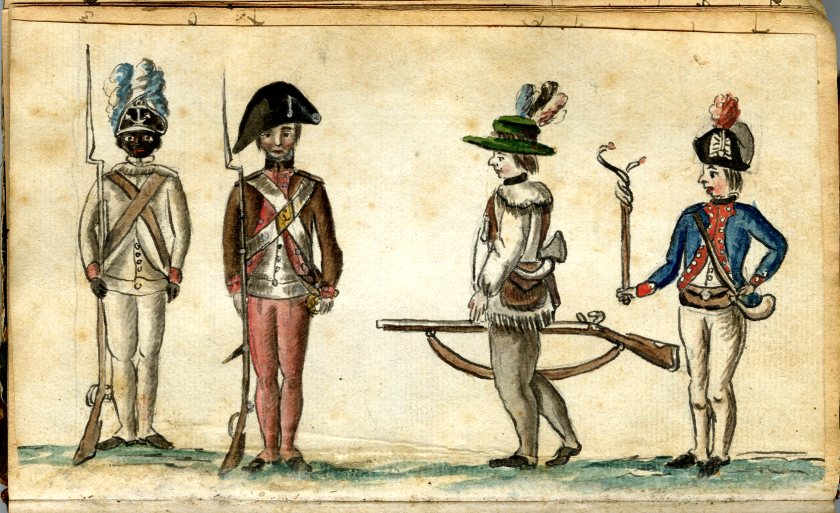
The myth: Americans banded together to fight for independence, driven by the “Spirit of ’76.”
The reality: The population of the Thirteen Colonies was divided between those who opposed the Crown, those who supported it, and those who wanted to remain neutral.
Thousands of other colonists served in Loyalist units that fought alongside the redcoats. In the Southern colonies, the Revolutionary War became a brutal civil war between rebel and Loyalist colonists. Those who tried to remain neutral often found that neither side respected their choice. The Quakers, who often refused to fight on religious grounds, were harassed and persecuted for their convictions. Among colonists who supported independence, the rush of patriotic spirit didn’t last long. The state governments had to offer bounties to entice new recruits and sometimes had to implement conscription. The Continental Army was plagued by desertion, especially during times of defeat or privation.
The myth: Britain lost the Revolutionary War because it used the wrong tactics
The reality: The British army in North America won the majority of the battles it fought during the Revolutionary War.
While the idea of British soldiers in their bright red coats standing shoulder-to-shoulder in the open might seem like a bad idea to a modern observer, those tactics the best ways to use the weapons available to both sides at the time. The musket was an inaccurate, unreliable weapon with a relatively short range. Having large numbers of men fire their weapons at once compensated for these issues with sheer numbers. Keeping soldiers in close formations made it easier to command them in a time before radios. These tactics defeated the Continental Army on numerous occasions, like the battles at Long Island, Brandywine, and Camden – where the British won despite being greatly outnumbered.
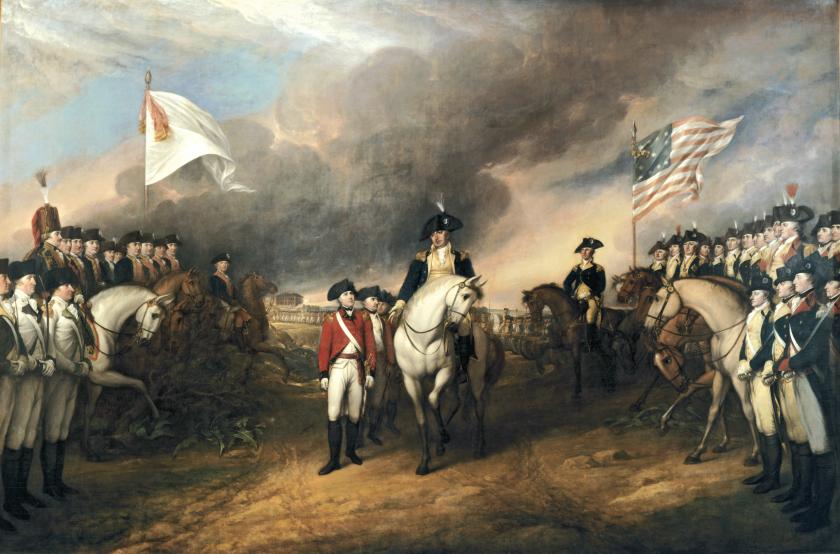
The myth: Washington embraced a guerilla war strategy to beat the British
The reality: George Washington spent most of the Revolutionary War yearning to fight and beat the British on their own terms, in a European-style field battle.
After the defeats that the Continental Army suffered in the fall of 1776, Nathanael Greene and other officers convinced Washington to adopt a “war of posts” or “Fabian strategy.” This strategy was defensive in nature and focused on keeping the army intact. As long as the army remained in the field, the British couldn’t effectively suppress the rebellion. Washington continued to seek a decisive grand battle with the British. He expected such a battle to take place at New York City, but ultimately the climactic confrontation he was looking for happened at Yorktown in 1781.
The myth: The Revolutionary War ended at Yorktown
The reality: While the Siege of Yorktown was the last major battle of the war, fighting continued for over a year. Most of this fighting happened on the frontiers, where 1782 became known as the “Bloody Year.” The main participants in these battles were American militias and Native Americans, who fought to determine the future of the western lands. One of the final British victories of the Revolutionary War came on August 19, 1782, when a force of Loyalists and Native warriors defeated American militia at the Battle of Blue Licks in Kentucky.
Further Reading:
- American Creation: Triumphs and Tragedies in the Founding of the Republic By: Joseph Ellis
- Scars of Independence: America’s Violent Birth By: Holger Hock
- Quarters: The Accommodation of the British Army and the Coming of the American Revolution By: John McCurdy
- With Zeal and Bayonets Only: The British Army on Campaign in North America, 1775-1783 By: Matthew Spring

